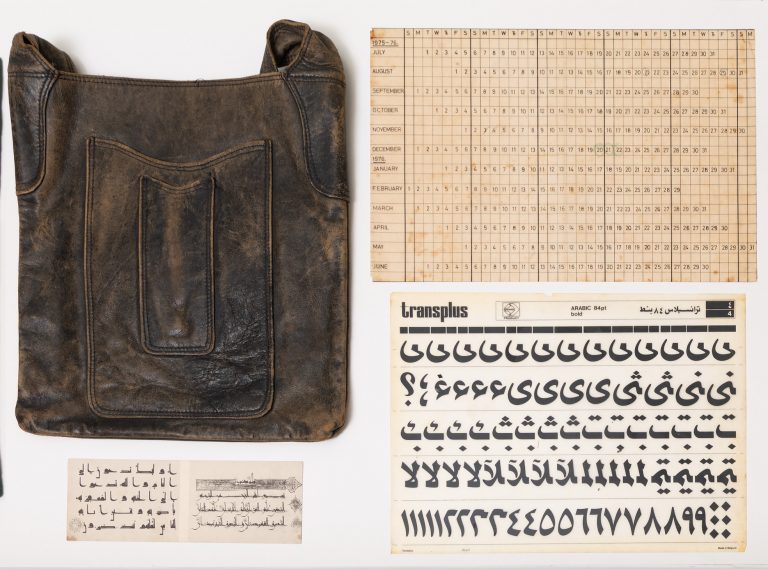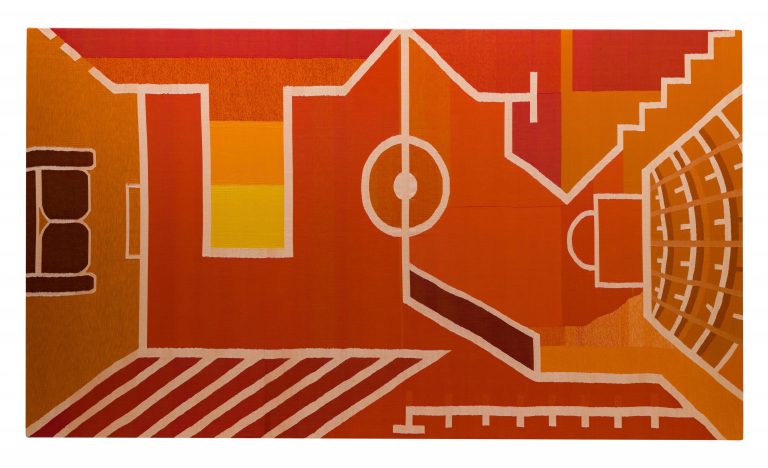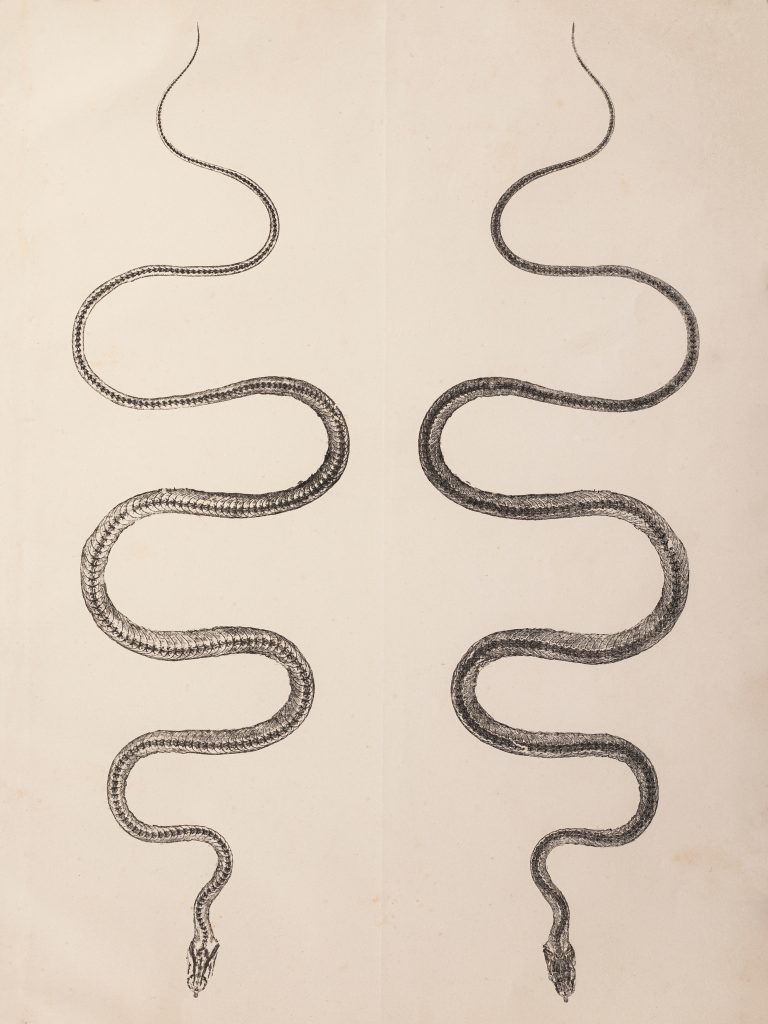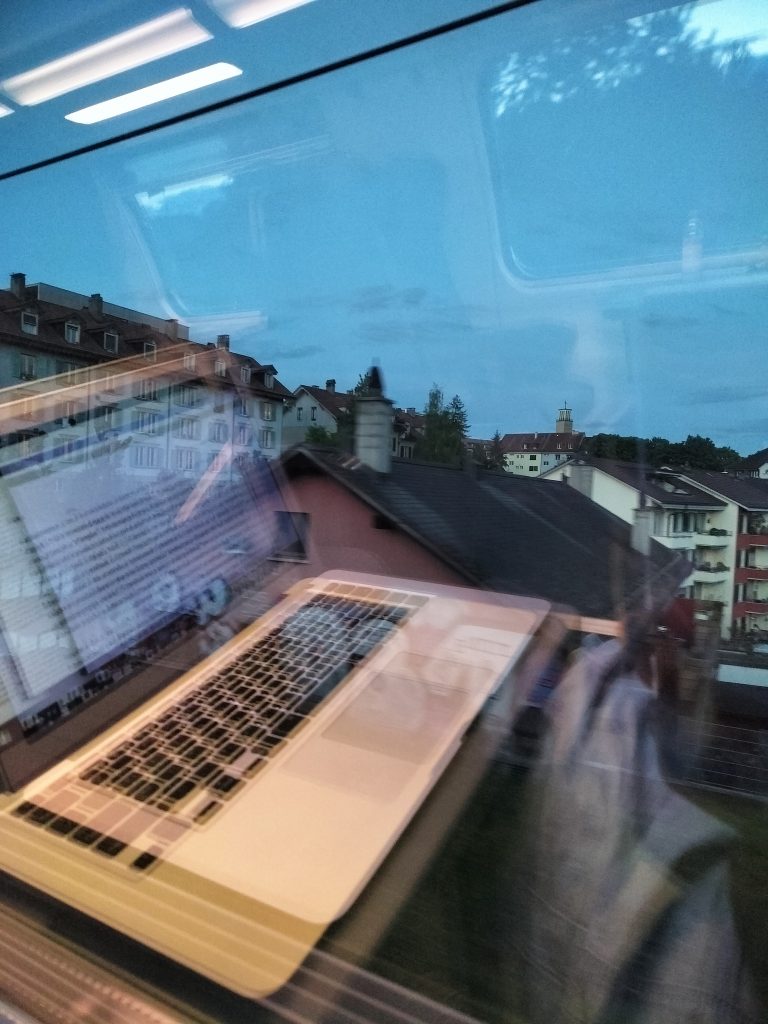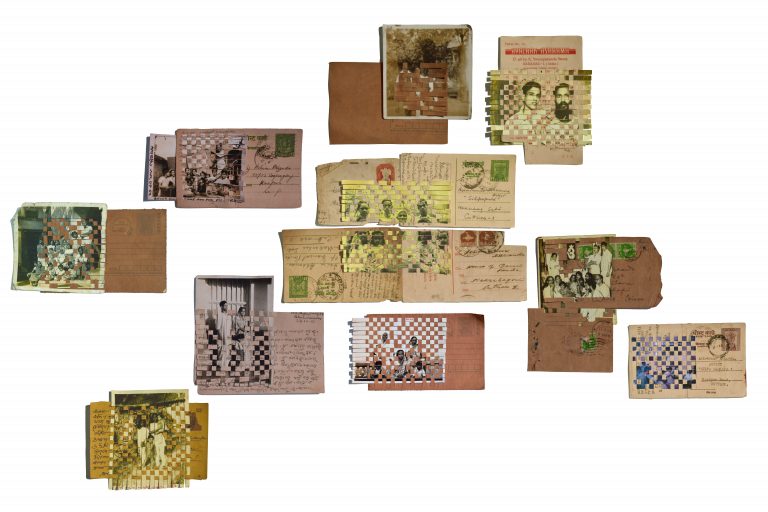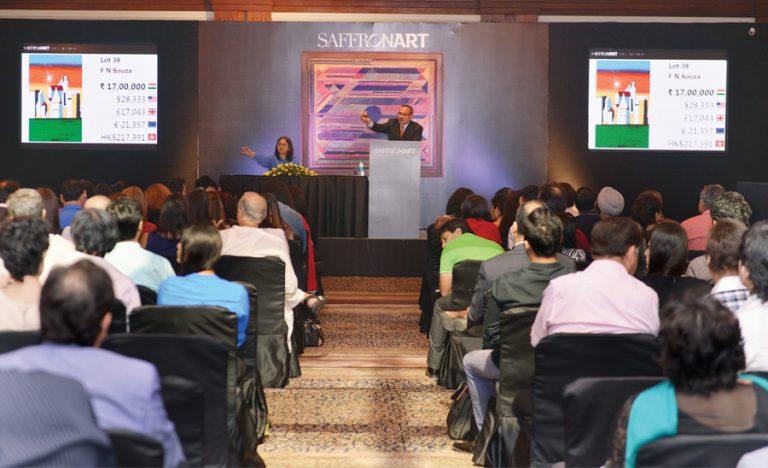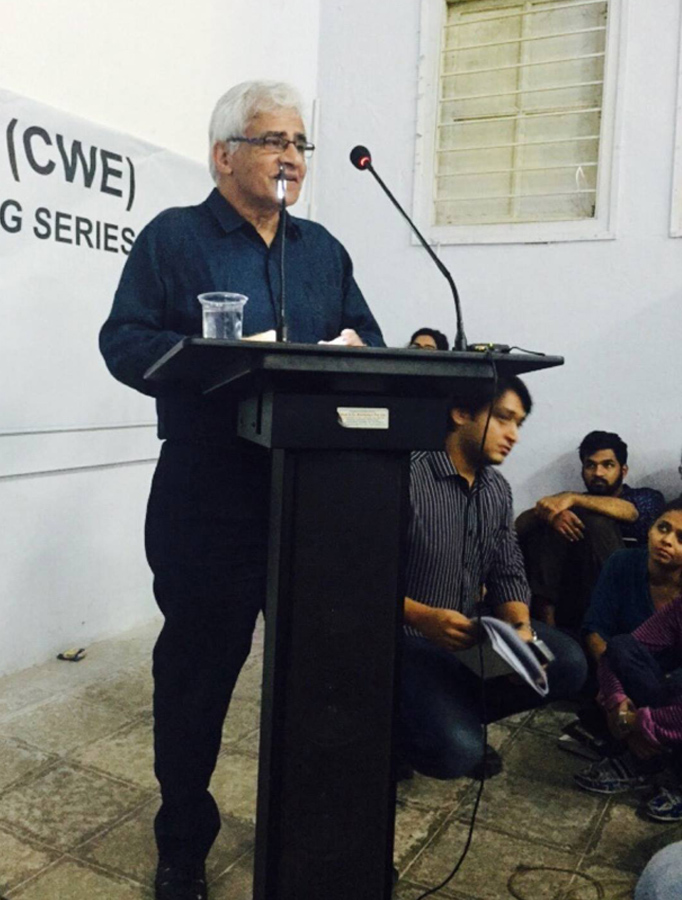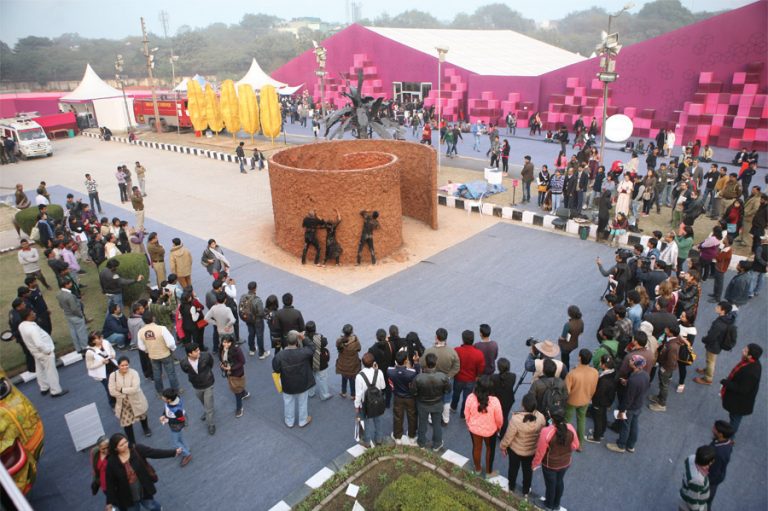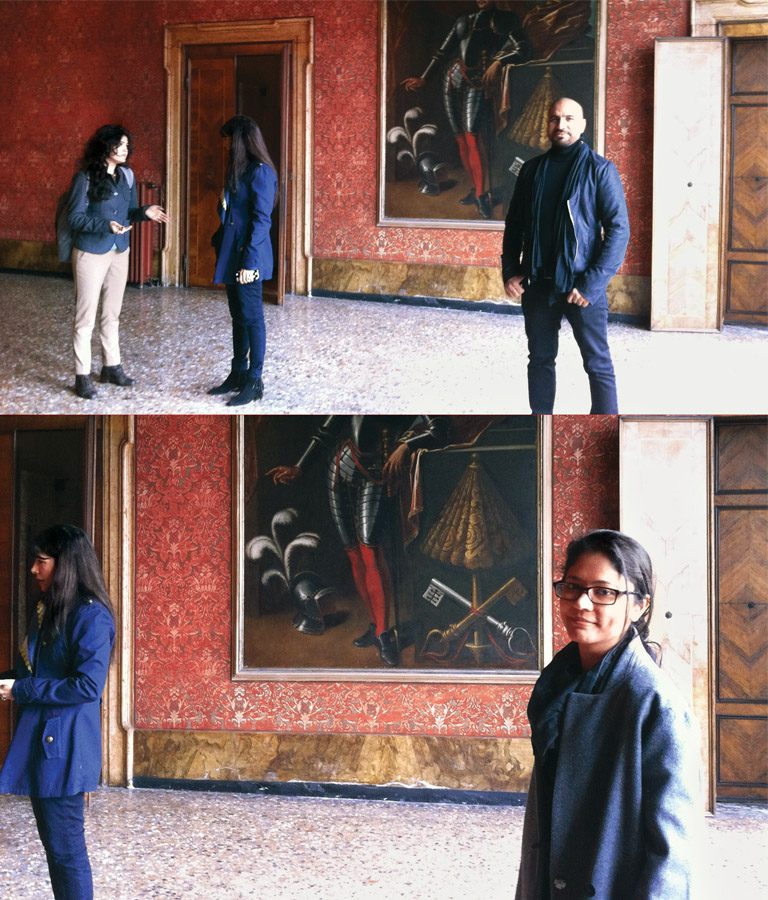Nasreen Mohamedi: Singularity and Sociability
Nasreen Mohamedi’s hand-written letter to her close friend, artist Nilima Sheikh exudes a sense of both restraint and tenderness. With her formal handwriting, she composes what appears as a verse of concrete poetry – simultaneously referencing and exploring ideas of space – on a piece of graph paper. Providing a window into the late Modernist’s preoccupations with nature, abstraction, and the limits of perception, this letter, describing the seashore at Kihim, also inspires the title of her latest retrospective at Jehangir Nicholson Art Foundation (JNAF) – Nasreen Mohamedi: The Vastness, Again and Again.
Read More





